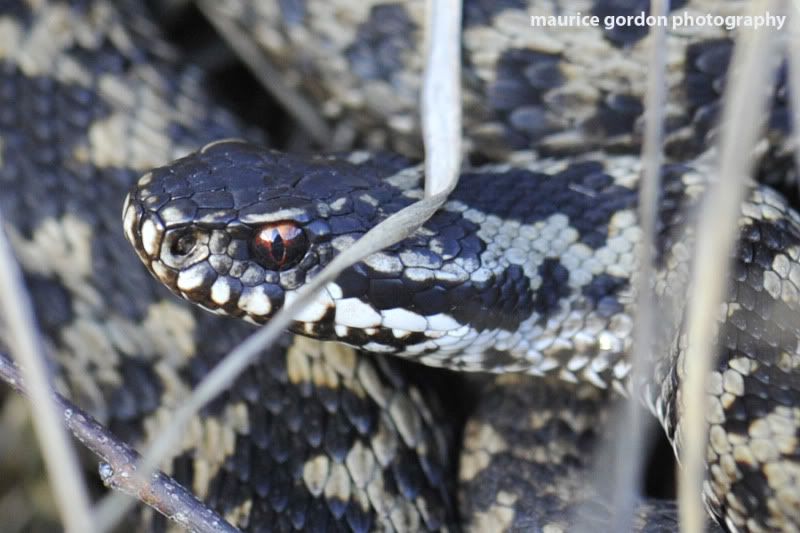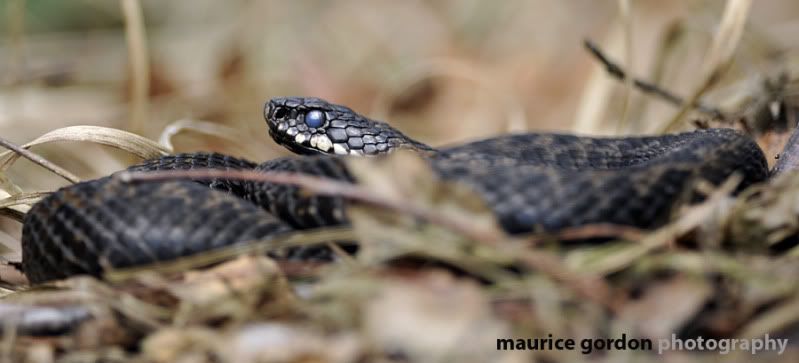
As well as the bumblebees in the garden today I had visits from three butterflies, a Brimstone, a Peacock and the Comma pictured above. This individual - most likely a male as he kept chasing the Peacock and returning to the same perch - will have hibernated through the winter as an adult. Interestingly this individual looks almost like the the lighter and brighter hutchinsoni form, though the underside would give a truer indication. As a general rule adult Commas who survive the winter are of the darker tawny red form and give rise to the next generation of the hutchinsoni form in Spring/Summer. This generation then goes on to produce a second brood of darker individuals in August/September who will overwinter to continue the cycle.




